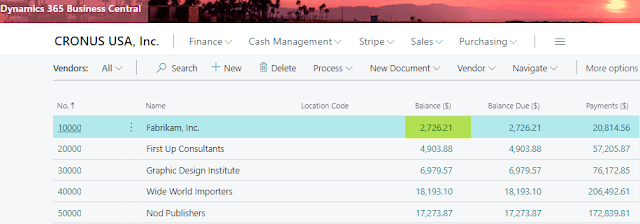Below is an overview of the setup and its purpose in the fixed asset process:

FA Classes – Defines the high-level classifications for fixed assets, such as Vehicles, Equipment, and Furniture, helping to organize assets into broad categories. You must create at least one fixed asset class during your setup.
FA Subclasses – Provides further categorization within FA Classes, adding more granularity (e.g., Heavy Equipment vs. Light Equipment), which can aid in reporting and management.
FA Locations – Lists the locations where fixed assets are physically stored or used, ensuring accurate asset tracking across different business sites.
Depreciation Books – Contains depreciation settings and methods, ensuring compliance with financial and tax reporting requirements.
FA Posting Groups – Defines how fixed asset transactions are mapped to the General Ledger, ensuring correct financial postings based on asset type.
Fixed Asset (5600) – A detailed register of fixed assets, including asset numbers, descriptions, acquisition costs, and depreciation settings.
Fixed Asset Journal – A journal entry sheet used for recording fixed asset transactions such as acquisitions, disposals, and depreciation postings. This will assist us with getting the proper book value into the system.
------
Kristen Hosman is a Microsoft MVP in Denver. She works with Dynamics 365 Business Central and related technologies. You can also connect with her through this link: Kristen Hosman | Linktree











Comments